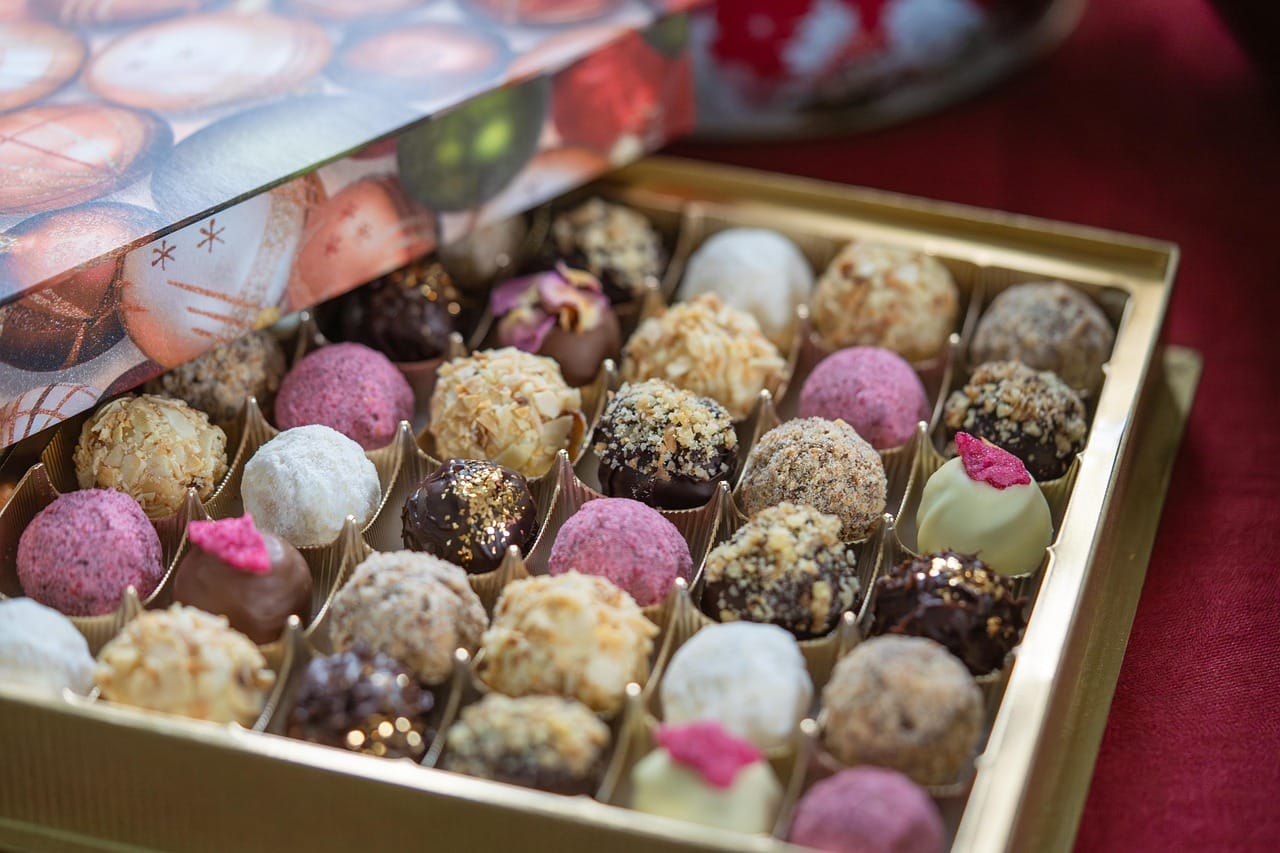Forget the diet, ditch the guilt, and dive headfirst into a world of sugary bliss. We’re talking about donuts, those round rings of happiness that have captivated taste buds for generations. From classic glazed to elaborate creations dripping with decadent toppings, the donut is a culinary chameleon, adapting to every trend and craving imaginable. This isn’t just a blog post about food; it’s a deep dive into the history, variety, and sheer joy of the humble donut. Prepare to have your donut dreams fulfilled!
The History of the Donut: A Hole Story
The donut’s origins are surprisingly murky, with multiple cultures claiming a piece of the pastry puzzle. Piecing together the true story requires examining fried dough throughout history.
From Olykoeks to Modern Doughnuts
- Dutch settlers brought “olykoeks” (oily cakes) to New York in the early 19th century. These were balls of fried dough, often filled with apples or raisins.
- The problem? The center of the olykoek often remained uncooked.
- Enter Elizabeth Gregory, an American woman who is often credited with placing a hole in the center of the dough to ensure even cooking. Her son, a sea captain, claimed she gave them to him to take on long voyages.
The Rise of Doughnut Chains
- The 20th century saw the rise of large doughnut chains, popularizing the treat across America and eventually the world.
- Examples include Krispy Kreme, founded in 1937, and Dunkin’ Donuts (now simply Dunkin’), founded in 1950. These chains standardized donut production and made them widely accessible.
- During World War I, women volunteers known as “Doughnut Lassies” served donuts to soldiers, further cementing the donut’s place in American culture.
Types of Donuts: A Sweet Spectrum
The variety of donuts available today is staggering. From simple classics to gourmet creations, there’s a donut for every palate.
Cake Donuts
- Cake donuts are made with a cake-like batter, resulting in a denser, crumblier texture.
- They are often flavored with spices like cinnamon or nutmeg and can be glazed, frosted, or covered in toppings.
- Example: A classic old-fashioned donut or a chocolate cake donut.
Yeast Donuts
- Yeast donuts are made with a yeast dough, resulting in a lighter, airier texture.
- They are typically fried and can be filled with cream, jelly, or custard.
- Example: A classic glazed donut, a Boston cream donut, or a jelly-filled donut.
Specialty Donuts
- This category encompasses a wide range of creative and gourmet donuts.
- Examples include cronuts (a croissant-donut hybrid), mochi donuts (made with glutinous rice flour), and donuts with elaborate toppings like bacon, cereal, or candy.
- Donut shops are constantly innovating, introducing new flavors and combinations to attract customers.
Making Donuts at Home: A Sweet Project
While readily available at bakeries and donut shops, making donuts at home can be a fun and rewarding experience.
Essential Equipment
- Deep fryer or large pot for frying: Ensure it’s large enough to hold enough oil for even cooking.
- Thermometer: Crucial for maintaining the correct oil temperature (around 350-375°F or 175-190°C).
- Doughnut cutter or cookie cutter: For shaping the donuts.
- Piping bags and tips: For filling and decorating donuts.
- Wire rack: For cooling the donuts after frying.
Basic Doughnut Recipe (Yeast)
Tips for Success
- Maintain the correct oil temperature: Too low, and the donuts will be greasy; too high, and they will burn.
- Don’t overcrowd the fryer: Fry only a few donuts at a time to maintain the oil temperature.
- Cool the donuts completely before glazing or decorating: This will prevent the glaze from melting.
Donut Culture: More Than Just a Treat
Donuts have become deeply ingrained in popular culture, representing comfort, indulgence, and even humor.
Donuts in Pop Culture
- The Simpsons: Homer Simpson’s obsession with donuts is legendary, solidifying their place in pop culture.
- Police stereotypes: The association of police officers with donuts is a common trope, often played for comedic effect.
- Movies and TV shows: Donuts frequently appear in movies and TV shows, often as a symbol of comfort food or guilty pleasure.
The Social Aspect of Donuts
- Donuts are often shared among friends and family, creating a sense of community.
- Donut shops are popular meeting places for social gatherings.
- Bringing donuts to the office is a surefire way to brighten everyone’s day.
Donut Pairings: Complementing the Sweetness
Donuts are delicious on their own, but pairing them with the right beverage can elevate the experience to another level.
Coffee
- The classic pairing: The bitterness of coffee complements the sweetness of donuts perfectly.
- Espresso-based drinks: Lattes and cappuccinos also pair well with donuts.
- Consider the donut type: A rich chocolate donut might pair well with a lighter coffee, while a glazed donut might complement a bolder blend.
Milk
- A simple and comforting pairing: Milk provides a cool and creamy contrast to the sweetness of donuts.
- Chocolate milk: An extra indulgent pairing for chocolate lovers.
- Non-dairy milk alternatives: Almond milk, soy milk, or oat milk are also great options.
Other Beverages
- Tea: Certain teas, like black tea or herbal teas, can complement the flavors of donuts.
- Juice: Orange juice or apple juice can provide a refreshing contrast.
- Sparkling water: A light and bubbly option to cleanse the palate.
Conclusion
Donuts are more than just fried dough with a hole in the middle; they are a symbol of comfort, joy, and cultural significance. From their humble beginnings to their current status as a global phenomenon, donuts have captured the hearts (and stomachs) of people around the world. Whether you prefer a classic glazed donut or a gourmet creation, there’s a donut out there for everyone. So, go ahead, treat yourself to a donut and experience the sweet satisfaction for yourself!




